Concrete is one of the most widely used building materials in the world. It is strong, durable, and relatively inexpensive. However, there are some disadvantages to traditional concrete. One of these disadvantages is that it can be quite heavy. This can make it difficult to work with and can lead to structural problems over time.
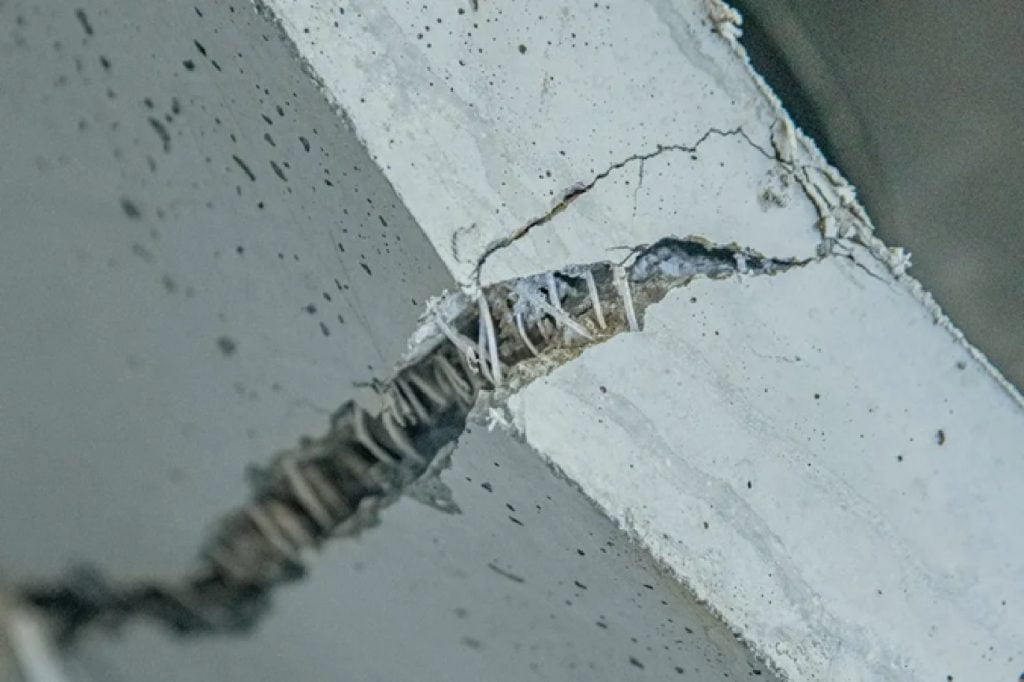
What is fiber reinforced concrete? Fiber reinforced concrete is a newer type of concrete that addresses some of these issues. Talk to a concrete professional to see if fiber reinforced concrete is right for your next project!
Types of Fiber Reinforced Concrete:
There are many different types of fiber reinforced concrete. The type of fiber used in the concrete will determine its properties and applications. The most common type of fiber used in fiber reinforced concrete is steel. Other common types of fibers include glass and carbon. Each type of fiber has its own advantages and disadvantages. Be sure to consult with a professional before choosing a type of fiber for your project.
1. Steel Fiber Reinforced Concrete (SFRC)
Steel Fiber Reinforced Concrete is made by adding steel fibers to traditional concrete. This gives the concrete added strength and makes it lighter. Steel fiber reinforced concrete is often used in industrial applications where there is a lot of wear and tear.
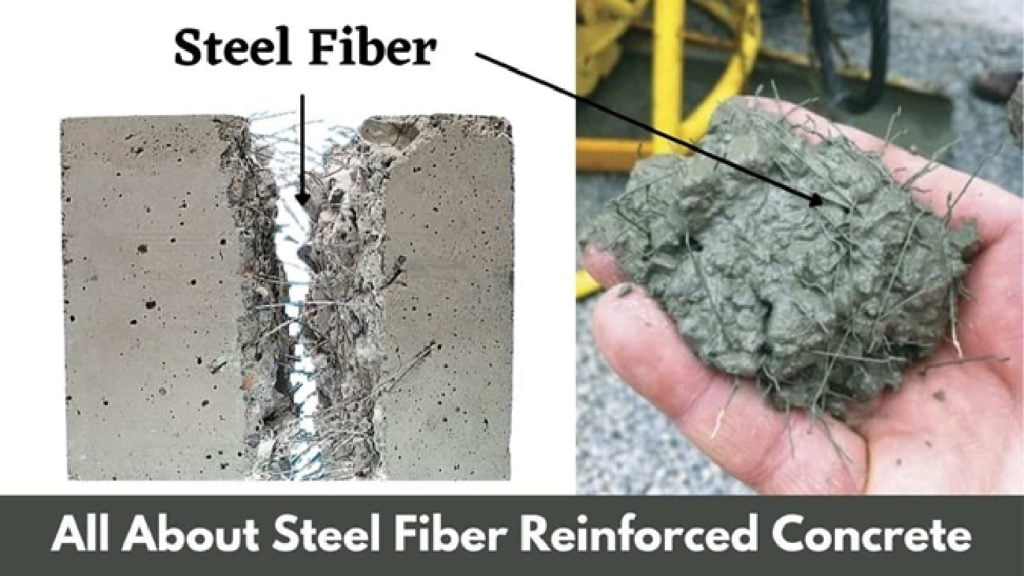
2. Polypropylene Fiber Reinforced (PFR) Concrete
Polypropylene Fiber Reinforced Concrete is made by adding polypropylene fibers to traditional concrete. This type of fibre reinforced concrete is lightweight and has good resistance to chemicals. It is often used in residential applications.
3. Glass Fiber Reinforced Concrete (GFRC)

Fibre Reinforced Concrete is made by adding glass fibres to traditional concrete. This gives the concrete added strength and makes it lighter. Glass fibre reinforced concrete is often used in industrial applications where there is a lot of wear and tear. It is also used in some residential applications.
4. Carbon fiber reinforced concrete (CFRC)
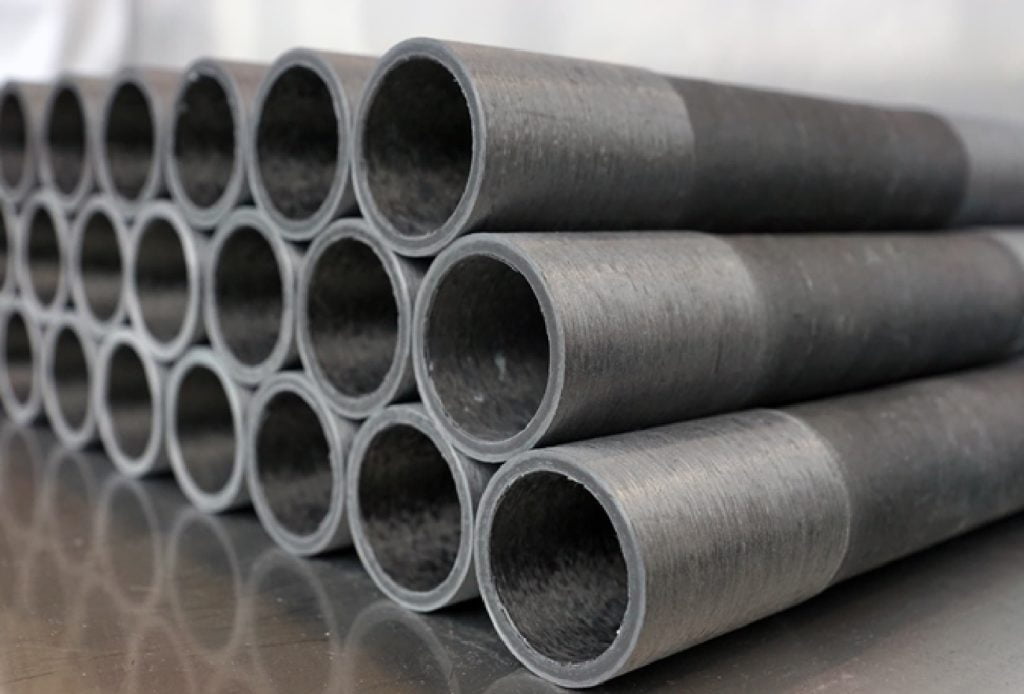
Carbon fiber is a type of fiber that is made from carbon. Carbon fiber is very strong and light. It is often used in industrial applications where there is a lot of wear and tear.
5. Macro synthetic fiber reinforced concrete (MSFRC)
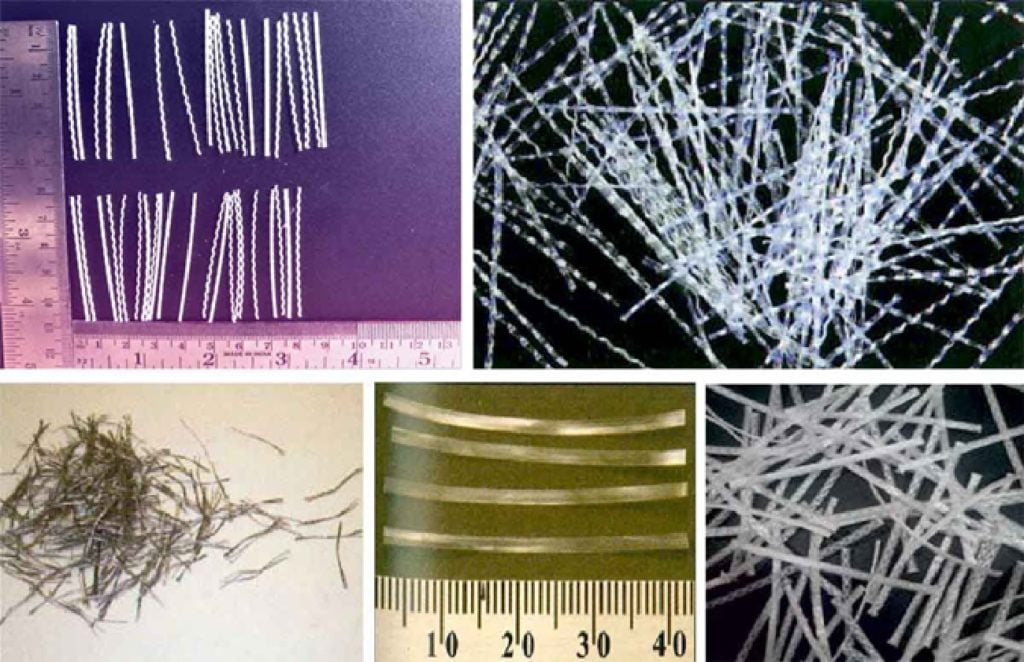
Macro synthetic fibers: macro synthetic fiber is a type of fiber that is made from synthetic materials. Macro synthetic fiber is often used in residential applications. It is lightweight and has good resistance to chemicals.
Advantages and Disadvantages of Fiber Reinforced Concrete
The most common type of fiber used in fiber reinforced concrete is steel. The addition of these fibers gives the concrete extra strength and durability. Fiber reinforced concrete is also much lighter than traditional concrete. This makes it easier to work with and transport. Additionally, fiber reinforced concrete can be made in a variety of different colors. This gives architects and designers more flexibility when choosing materials for their projects.

There are many advantages to using fiber reinforced concrete. However, there are also some disadvantages. One of the main disadvantages of fiber reinforced concrete is that it is more expensive than traditional concrete. Additionally, fiber reinforced concrete can be difficult to work with if you are not familiar with it. If you are thinking about using fiber reinforced concrete for your next project, be sure to consult with a professional first. They will be able to help you determine if it is the right material for your needs.
Why Not Use Traditional Concrete?

One of these disadvantages of traditional concrete is that it can be quite heavy. This can make it difficult to work with and can lead to structural problems over time. Fiber reinforced concrete is a newer type of concrete that addresses some of these issues. In this blog post, we will discuss what fiber reinforced concrete is and its advantages over traditional concrete!
What are the Applications of Fiber Reinforced Concrete?
Fiber reinforced concrete has a wide variety of applications. It is often used in construction projects where high levels of strength and durability are required. Fiber reinforced concrete can also be used in decorative applications, such as cast stone products.
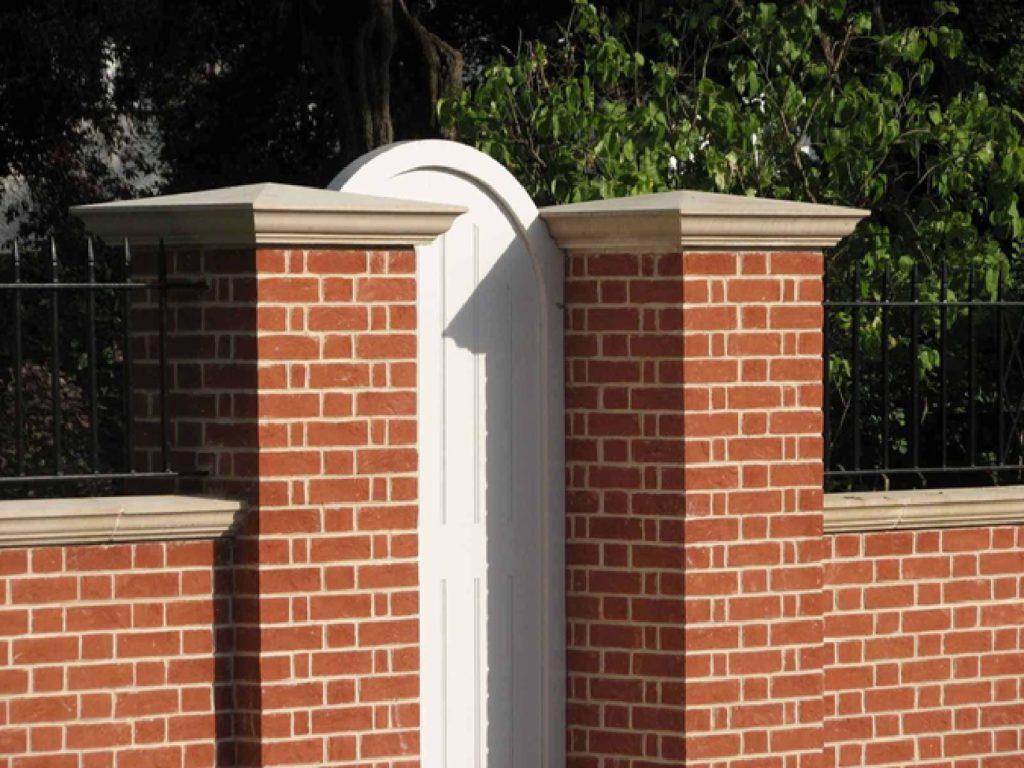
If you are thinking about using fiber reinforced concrete for your next project, be sure to consult with a professional first. They will be able to help you determine if it is the right material for your needs.
In Conclusion
As with any material, there are both advantages and disadvantages to using fiber reinforced concrete. Some of the advantages include increased strength, durability, and flexibility. However, some of the disadvantages include increased cost and difficulty to work with. Have you ever used fiber reinforced concrete? What are your thoughts on it? Let us know in the comments below. Be sure to weigh the pros and cons before deciding if fiber reinforced concrete is the right material for your next project! Thanks for reading.



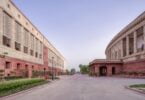


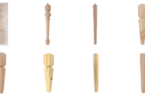
[…] face a pure north-south orientation, and a robust building envelope with less than 30% window area, lightweight concrete block construction and using the advantages of thermal mass by natural brick cladding helps bring down the external […]
[…] post-frame architecture is praised for its adaptability. There is a large variety of building materials available with this construction method. With a brick or stone façade, one can achieve any desired […]